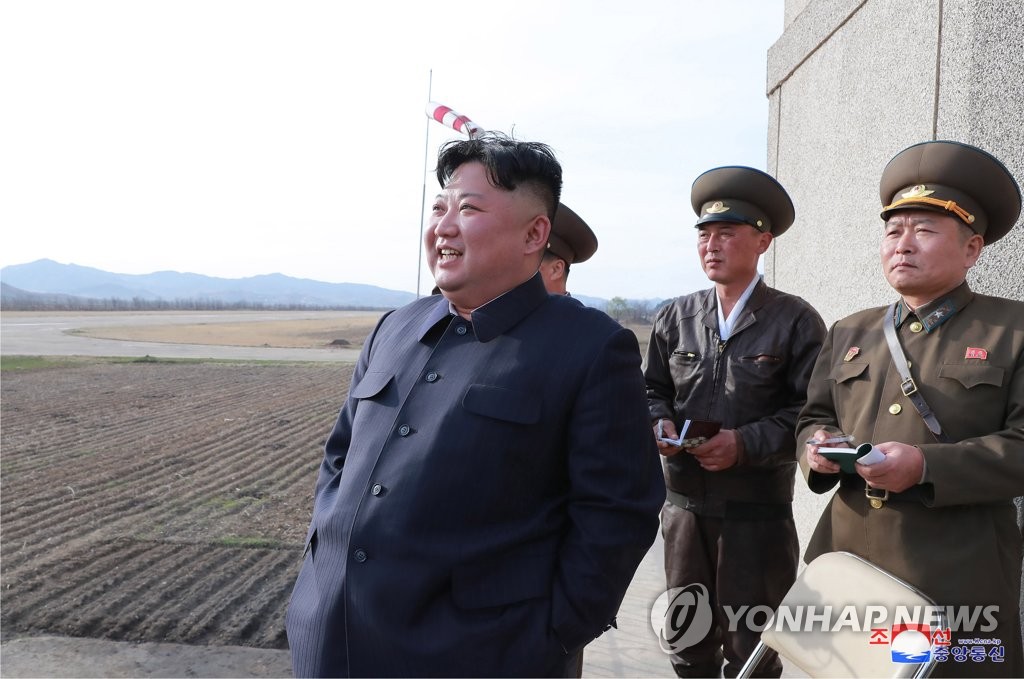Hat tip to the Appalachian Regional Prescription Opioid Strike Force. According to the Justice Department, the suspects wrote some 350,000 prescriptions and distributed 32 million pills.

In a case out of Dayton, Ohio, the DOJ said a doctor who is alleged to have been the highest prescriber of controlled substances in the state, and several pharmacists, are charged with operating an alleged “pill mill.” According to the indictment, the DOJ says, “Between October 2015 and October 2017 alone, the pharmacy allegedly dispensed over 1.75 million pills.”
The Department of Justice worked alongside the Department of Health and Human Services as well. According to NIH’s National Institute on Drug Abuse, Ohio and West Virginia rank at the top of opioid overdoses in the country.
CINCINNATI (AP) — Federal authorities said Wednesday they have charged 60 people, including a doctor accused of trading drugs for sex and another of prescribing to his Facebook friends, for their roles in illegally prescribing and distributing millions of pills containing opioids and other drugs.
U.S. Attorney Benjamin Glassman of Cincinnati described the action, with 31 doctors facing charges, as the biggest known takedown yet of drug prescribers. Robert Duncan, U.S. attorney for eastern Kentucky, called the doctors involved “white-coated drug dealers.”
Authorities said the 60 includes 53 medical professionals tied to some 350,000 prescriptions and 32 million pills. The operation was conducted by the federal Appalachian Regional Prescription Opioid Strike Force, launched last year by the Trump administration.
Authorities said arrests were being made and search warrants carried out as they announced the charges at a news conference. They didn’t immediately name those being charged.
U.S. health authorities have reported there were more than 70,000 drug overdose deaths in 2017, for a rate of 21.7 per 100,000 people. West Virginia and Ohio have regularly been among the states with the highest overdose death rates as the opioid crisis has swelled in recent years.
Among those charged was a Tennessee nurse practitioner who dubbed himself the “Rock Doc” and is accused of prescribing dangerous combinations of drugs such as fentanyl and oxycodone, authorities said.
An indictment states that Jeff Young operated a clinic in Jackson, Tennessee, and promoted his practice with the motto “work hard, play harder.” The indictment states he prescribed drugs that were highly addictive and at high risk of abuse as he tried to promote a “Rock Doc” reality TV pilot and podcast while obtaining sex and money for prescriptions.
A message seeking comment was left Wednesday for his attorney.
Another western Tennessee doctor is also accused of often trading drug prescriptions for sex.
Others charged include a Kentucky doctor who is accused of writing prescriptions to Facebook friends who came to his home to pick them up, another who allegedly left signed blank prescriptions for staff to fill out and give to patients, and a Kentucky dentist accused of removing teeth unnecessarily and scheduling unneeded follow-up appointments.
A Dayton, Ohio, doctor was accused of running a “pill mill” that allegedly dispensed 1.75 million pills in a two-year period. Authorities said an Alabama doctor recruited prostitutes and other women he had sexual relations with to his clinic and allowed them to abuse drugs in his home.
Most of those charged came from the five strike force states of Alabama, Kentucky, Ohio, Tennessee and West Virginia. One person each was also arrested in Pennsylvania and Louisiana.
“The opioid crisis is the deadliest drug crisis in American history, and Appalachia has suffered the consequences more than perhaps any other region,” U.S. Attorney General William Barr said in a statement in Washington.

 North Korean leader Kim Jong-un inspects a flight drill of the North’s Air and Anti-aircraft Force on April 17, 2019, in this photo released by the Korean Central News Agency on April 18. As is customary, the agency didn’t provide the location. (For Use Only in the Republic of Korea. No Redistribution) (Yonhap)
North Korean leader Kim Jong-un inspects a flight drill of the North’s Air and Anti-aircraft Force on April 17, 2019, in this photo released by the Korean Central News Agency on April 18. As is customary, the agency didn’t provide the location. (For Use Only in the Republic of Korea. No Redistribution) (Yonhap)

